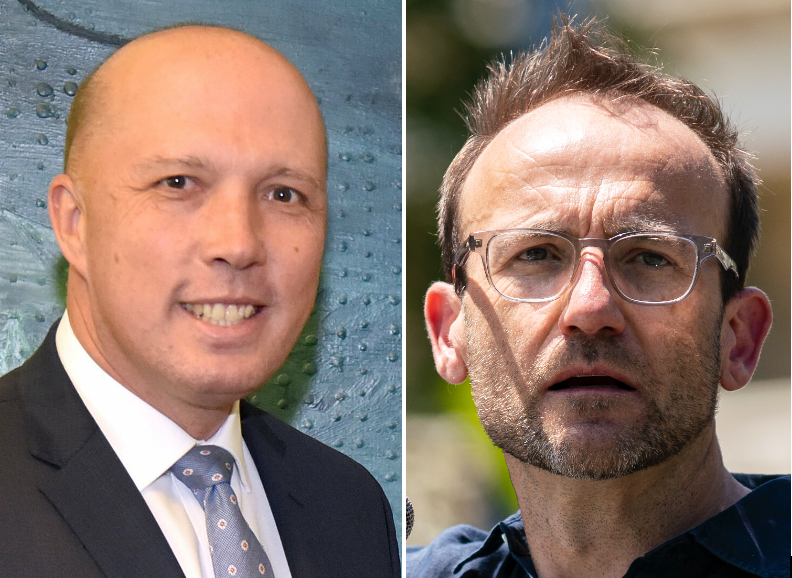To hedge risk, we need to estimate the risk. Yet COVID-19 involves too much uncertainty to know.
We have to rely on the experience of other countries and other viruses. We know more than a month ago, but still need to know more. We need to know the likelihood of a second wave. We need to know how many have been infected and whether they remain infectious. We need to know about the asymptomatic. The metric for re-opening the economy is a map of the virus. We do not have one.
The asymptomatic are driving the virus. This emerged in one of the earliest studies of the virus. An asymptomatic carrier, a 20-year-old woman living in Wuhan, travelled to Anyang on January 10. She infected five relatives. Two were hospitalised with severe pneumonia. The carrier remained without symptoms and tested negative for COVID-19 three times in four tests. The asymptomatic spreader was identified through the relatives she had infected.
The number of asymptomatic is larger than we think. On the Diamond Princess cruise liner, 46% of the infected had no symptoms. German researchers have estimated the global number of confirmed infections as 6% of actual, almost certainly because of the asymptomatic.
A recent study in the New England Journal of Medicine considered 215 pregnant women screened for COVID-19 when admitted for delivery at New York hospitals. One in eight tested positive. Nearly 90% were asymptomatic. It is the same in every study. Asymptomatic carriers are systematically present and systematically underestimated.
Whenever there has been extensive testing across the population, we find two surprising results.
First, the rates of infection are much higher than the rates of infection being reported. Studies in Germany, Iceland, the Netherlands, and by Stanford University and the University of Southern California suggest that between 2% to 30% of certain populations have been infected with the virus, sometimes as much as 80 times the confirmed rate of infection. Secondly, most of the infected have no symptoms and never knew they were infected.
What are the implications? It shows mass testing is necessary to map the virus. We must also re-test to see how long the infected remain infectious. Stanford University is re-testing the individuals in their samples to see what proportion of the infected have antibodies after the first week, the second week, the third week and so on.
Mapping the virus is not just a matter of which suburbs or cities have higher rates of infection. Mapping the virus also involves mapping the virus over time for a given individual or set of individuals. To reopen the economy, we must be more certain whether the infected stay infected or become immune.
There are two types of test, PCR tests (swabs) that detect whether an individual has the virus, and antibody tests (finger pricks) that detect whether an individual has been exposed to the virus. Antibody tests are like the screening tests used for other diseases. We should use both, the antibody test as a pre-test and when necessary a PCR test. The tests are not quite good enough. In the case above, the asymptomatic carrier tested negative three times yet infected five others. False negatives are a limitation, which have to be managed through re-testing.
We cannot reopen the economy without testing. The World Health Organisation guidelines for re-opening the economy are clear. The virus must be controlled and the health system is capable of detecting, testing, isolating and treating every case of COVID-19.
Germany is re-opening its economy with random testing of 120,000 people per day. The metric we are using to show control of the virus is the flattening of the curve of new confirmed infections and new hospitalisations in relation to hospital capacities. This ignores the possibility of asymptomatic carriers. Only community-wide testing using antibody tests will reveal the full metric of the infection.
We are not New York or Bergamo. Australia has been advantaged because the sources of viral clusters have been relatively easy to identify. Environmental and social factors like air quality and spatial density of the population have helped us. We have been able to flatten the curve without seeing a confirmed increase in community transmission.
However, we do not have all the advantages. For Australia, the main curve may be ahead in June to August rather than now. The second wave of a virus is typically the most virulent. The Spanish flu of 1918 resulted in more than 12,000 deaths in Australia and two million infections. The first wave occurred between March and May, but the second wave was the main wave. The second wave occurred between June and August and resulted in nearly 70% of the deaths.
Our problem is that we will be one of the first countries to encounter the second wave. We need to make sure we have mapped the virus. We need to determine how many have been infected, how many are still infectious and whether the asymptomatic are now transmitting the virus without knowing it. Without the map provided by antibody tests, we will not know.
Dr Kim Sawyer is a senior fellow in the School of Historical and Philosophical Studies at the University of Melbourne.
 This work is licensed under a Creative Commons Attribution-NonCommercial-NoDerivs 3.0 Australia License
This work is licensed under a Creative Commons Attribution-NonCommercial-NoDerivs 3.0 Australia License
Support independent journalism Subscribe to IA.












